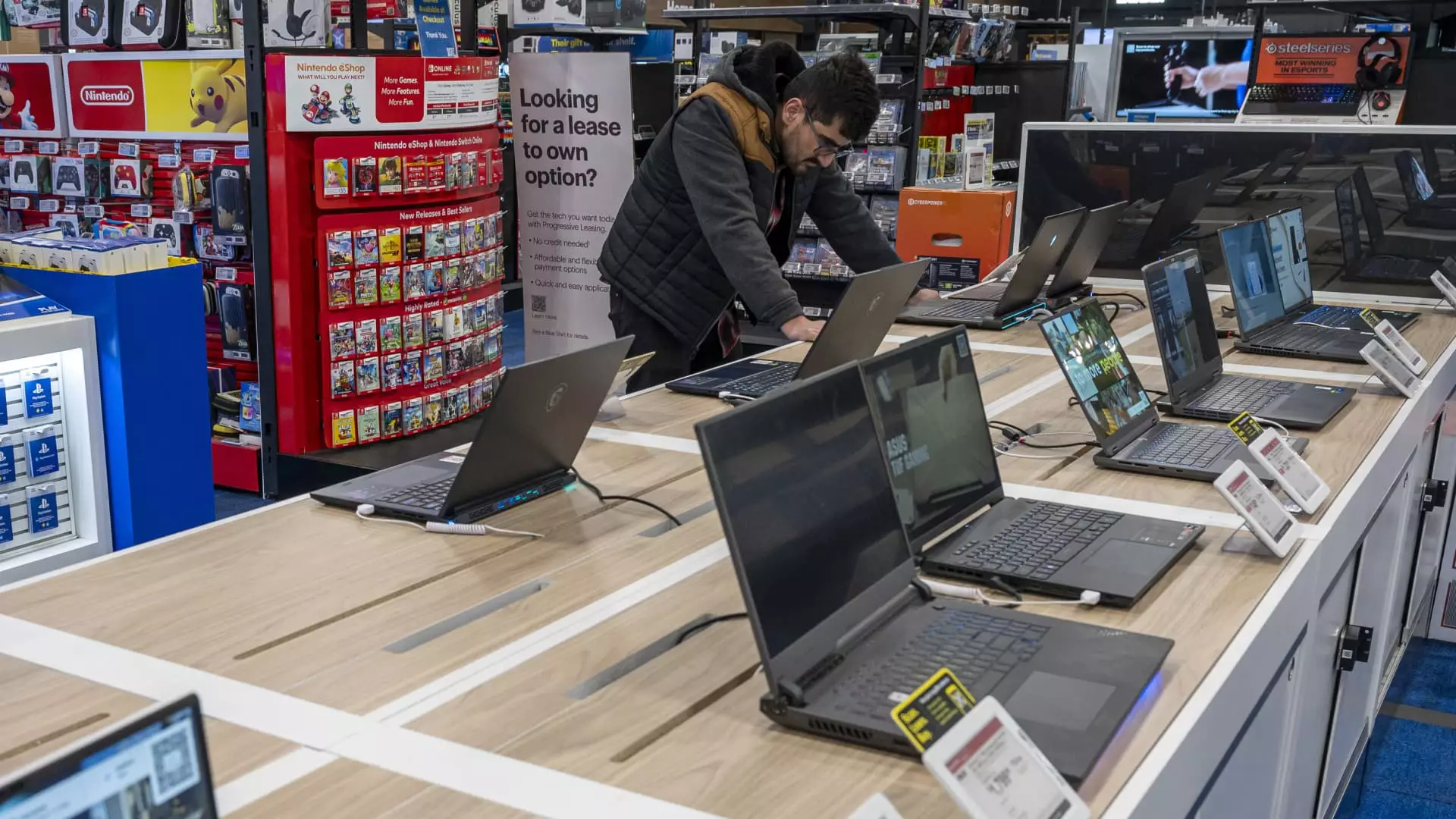The economic narrative in the United States has shifted recently as inflation rates have decreased from their extensive pandemic-induced peaks. A fascinating phenomenon has emerged—deflation in specific market segments, primarily physical goods. This entails price declines in items such as appliances, electronics, and vehicles, a shift not commonly seen in the U.S. economy, where retailers often resist lowering prices after hikes. The current data illustrates a reversal from inflationary trends, leading consumers to enjoy lower prices on several essential household items.
Notably, while deflation typically conjures concerns about broader economic stagnation, this scenario reflects a complex interplay of factors, including the unwinding of pandemic-related supply chain issues and stronger performance of the U.S. dollar against other currencies. This latter development has made imported goods more affordable, thus enhancing the deflationary trend for many consumer goods.
Insights from the Consumer Price Index (CPI) indicate that as of October 2023, the category of core goods—excluding erratic food and energy prices—has seen a 1% drop. This statistic hints at a broader trend where consumer spending dynamics are adjusting back to pre-pandemic norms. In particular, significant reductions in price have been noted in appliances, which are now 2% cheaper compared to the same time last year. Additionally, various other household items like flatware, decorative goods, and clothing have experienced price reductions of up to 7% in certain instances.
It is crucial to recognize that, while many categories are experiencing downward price adjustments, others have shown signs of recovery after earlier declines. For example, furniture and bedding prices have bounced back, highlighting the volatility and unpredictability still inherent in the current economic landscape. Particularly noteworthy is the used cars and trucks segment, where experts suggest a potential resumption of deflation as supply chains stabilize and demand dynamics improve.
Gasoline, a primary concern for consumers, has seen considerable price drops, having decreased by over 12% in the past year. The average cost at the pump has dipped to approximately $3.05 per gallon, presenting a significant relief for drivers. Economists like Mark Zandi suggest that these lower energy prices could create a ripple effect, potentially reducing transportation costs across diverse sectors.
Additionally, the projections around potential policies from the incoming Trump administration may further influence oil pricing dynamics. Speculation suggests that proposed tariffs on goods imported from China, a major player in oil demand, could impact global oil supply and demand, ultimately leading to even lower prices. This scenario illustrates how international economic policies and energy markets are interlinked, influencing domestic pricing structures extensively.
Food prices remain an area of interest, typically displaying their own unique supply-demand dynamics. For instance, staples such as bacon and snacks have seen price reductions of around 4%. This trend can often be linked back to lower transportation costs due to decreasing energy prices, providing further relief for consumers amid rising costs in other areas.
In the realm of consumer electronics, significant price drops have also been reported; computers, video equipment, and smartphones are cheaper by percentages ranging from 5% to 10%. However, customers may not see these reductions reflected in their in-store purchases, as the Bureau of Labor Statistics’ methodology for measuring inflation accounts for quality improvements in technology that lead to enhanced value for consumers.
The Illusion of Prices: Quality Adjustments
The relationship between pricing trends and technological advancements sheds light on the ongoing dialogues around deflation and inflation. The quality-adjusted pricing mechanism can sometimes create an illusion of actual price declines. Consumers may benefit from improved product features and capabilities, which officials classify as a decline in real prices. This highlights a fascinating intersection of economic measurement and consumer experience; while prices may appear to drop, actual consumer experiences can differ significantly due to these quality adjustments.
Deflation, albeit localized, represents a significant transformation in the economic landscape of the U.S. It prompts vital conversations about the sustainability of price levels and consumer behavior in the face of ongoing uncertainties. While consumers embrace lower prices for essential goods, the broader implications of deflation, alongside potential governmental influences, warrant careful observation. The evolving economic conditions demand a nuanced understanding of how factors like globalization, technology, and policy decisions interplay, shaping both consumer experiences and economic stability in the long run.

